Just over a year ago, Amazon announced its plans to shake up the retail market by creating the first-ever cashier-less store. Promising no lines, no waiting, minimal employees, and of course loads of new technology.
On January 22nd, 2018 the first Amazon Go store has officially opened, and you guessed it, it’s the next level of creepy. Cameras and sensors are everywhere, see pictures below, every aspect of a customers experience is monitored, tracked, stored, and utilized for marketing purposes.
Amazon previously mentioned that the Go store would utilize Computer Vision and Sensor Fusion;
Computer Vision
Computer Vision tasks include methods for acquiring, processing, analyzing and understanding digital images, and in general, deal with the extraction of high-dimensional data from the real world to produce numerical or symbolic information. Learning in this context means the transformation of visual images (the input of the retina) into descriptions of the world that can interface with other thought processes and elicit appropriate action. This picture understanding can be seen as the disentangling of characteristic information from image data using models constructed with the aid of geometry, physics, statistics, and learning theory. — Wiki
Sensor Fusion
Sensor fusion is a process by which data from several different sensors are “fused” to compute something more than could be determined by any one sensor alone. A sensor is in your phone and links to your barcode which tracks your location and movement, a sensor is placed on every item picked up within the store, every item that gets put back, and once you cross the checkout line, sensors compile the total of items picked up – and charges your Amazon account. — Wiki
Amazon is utilizing a turnstile gate system for entrance and exit purposes, no one can come in unless of course you have the app which you scan at the gate. After successful entrance, the store looks particularly similar to a ‘trendy grocery,’ however, tucked away deep behind the shelves and plastered all over the ceiling are droves of sensors and cameras.
Previously discussed about the Amazon Go store is how it directly paves the road towards microchip implants. Currently, a store visitor utilizes a mobile application which displays a unique QR code that allows entrance into the store, however, in the near future, that could be replaced by an RFID chip embedded within the skin. Learn more about that here.
Amazon says that the technology utilized is precise enough to distinguish between multiple people standing at a shelf, detecting which one picked up a yogurt or cupcake, for example, and which one was merely browsing. The system is also capable of detecting when an item is selected and placed back on the shelf.
The idea is to “push the boundaries of computer vision and machine learning” to create an “effortless experience for customers,” said Dilip Kumar, Amazon Go vice president of technology, after taking GeekWire through the store this past week.
What the VP failed to mention is the nature of the store itself is designed particularly for marketing purposes. For example, if you select an item, that’s data, that selection could be marketed to you at a later date because you have previously purchased or at least displayed interest in that item. The same goes for if you select an item and place it back on the shelf.
The Go store is part of a push by the Tech Giant into the retail market. Just last year, Amazon purchased Whole Foods, and it would appear as though it is only a matter of time before Amazon pushes this technology into a wider market, the Whole Foods market.
The advance of technology into our daily lives has enabled Big Data to market like never before. Just recently, both Amazon and Google field for patents that would allow their assistant devices an ear into every aspect of your home life.
According to Consumer Watchdog reports;
“A study of patent applications filed by Amazon and Google with the U.S. Patent and Trademark Office reveals a vision for an Orwellian future in which digital assistants eavesdrop on everything from confidential conversations to your toilet flushing habits to children’s movements and the books on bedside tables. They would know when you go to sleep and whom you wake up with.”
Surely an organization with an interest in your toilet flushing habits will utilize any and every piece of data gathered.
“Google and Amazon executives want you to think that Google Home and Amazon Echo are there to help you out at the sound of your voice. In fact, they’re all about snooping on you and your family in your home and gathering as much information on your activities as possible,” said John M. Simpson, Consumer Watchdog’s Privacy, and Technology Project Director. “You might find them useful sometimes, but think about what you’re revealing about yourself and your family, and how that information might be used in the future.”
Works Cited
Todd Bishop. “Amazon Go is finally a go: Sensor-infused store opens to the public Monday, with no checkout lines.” Geek Wire. . (2018): . .
Nick Wingfield. “Inside Amazon Go, a Store of the Future.” The New York Times. . (2018): . .
Elizabet Weise. “Amazon opens its grocery store without a checkout line to the public.” USA Today. . (2018): . .
Jeffery Dastin. “Amazon's automated grocery store of the future opens Monday.” Reuters. . (2018): . .
John M. Simpson. “Home Assistant Adopter Beware: Google, Amazon Digital Assistant Patents Reveal Plans for Mass Snooping.” Consumer Watchdog. . (2017): . .

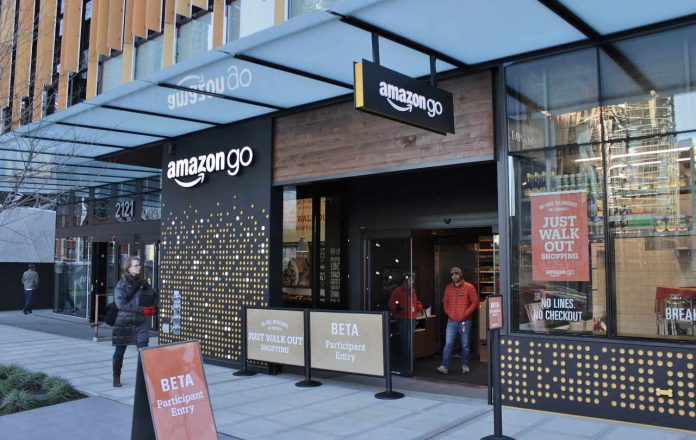

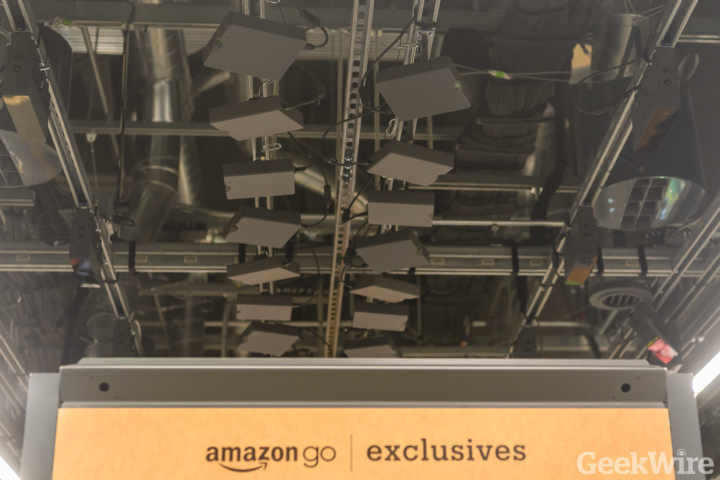

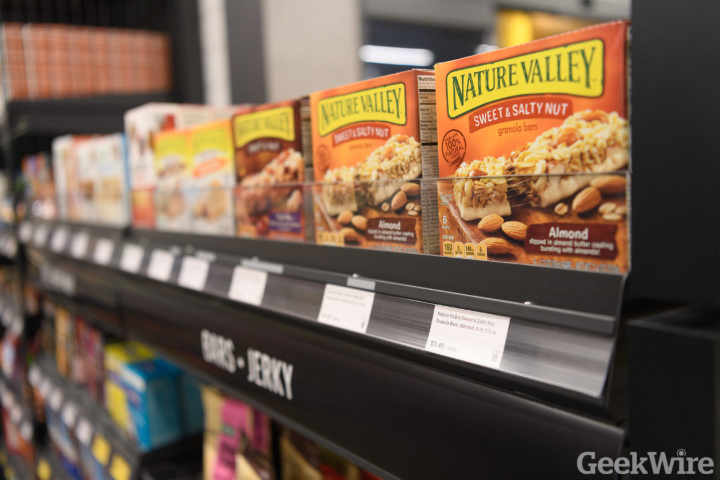
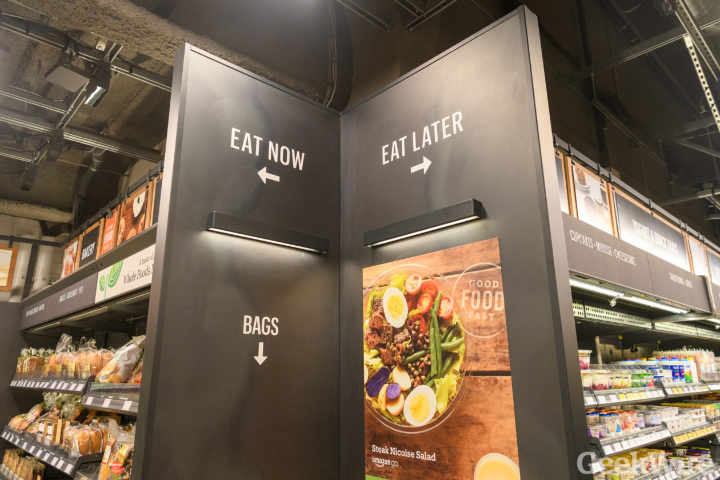
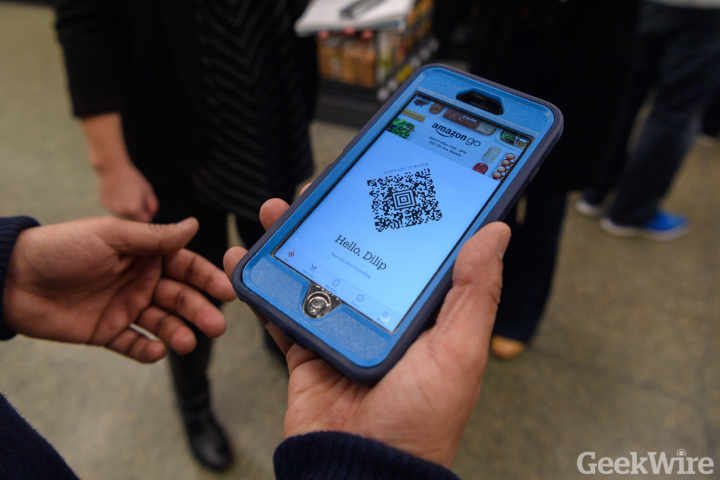
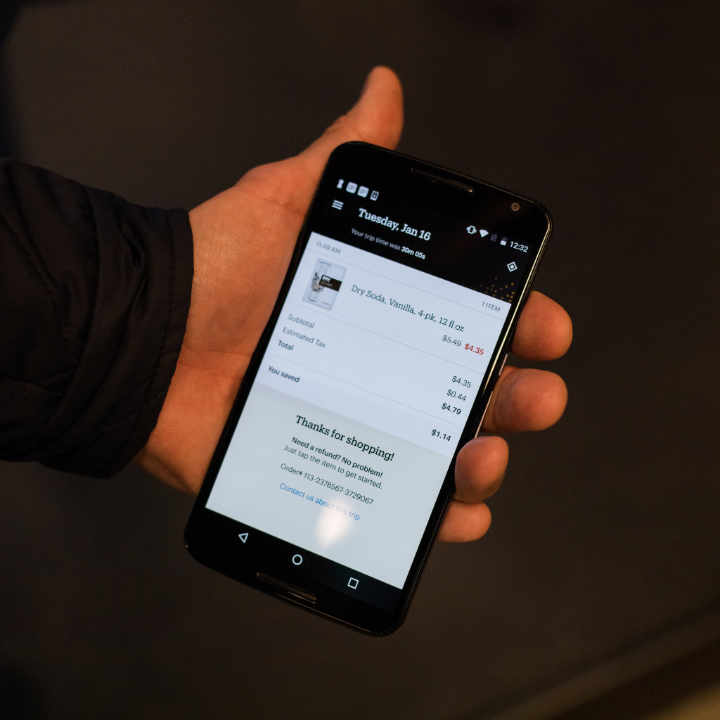
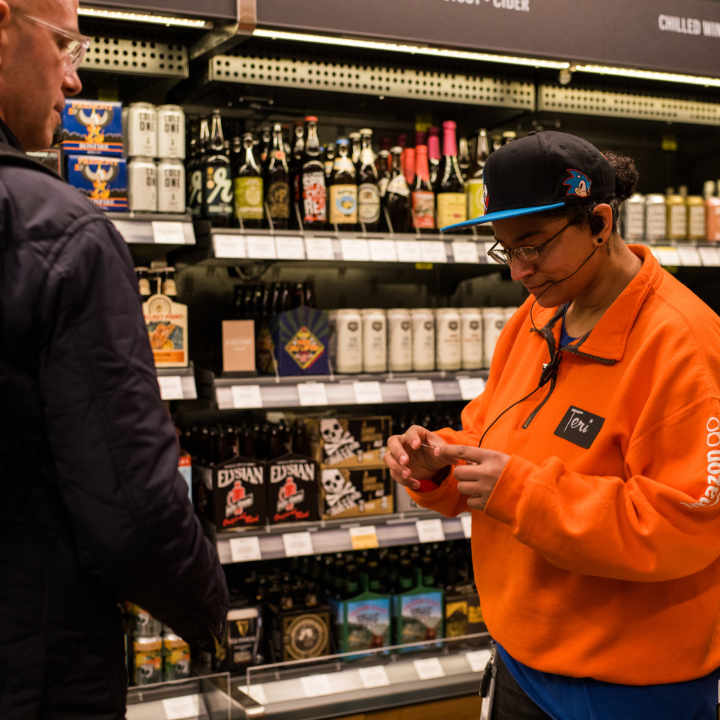

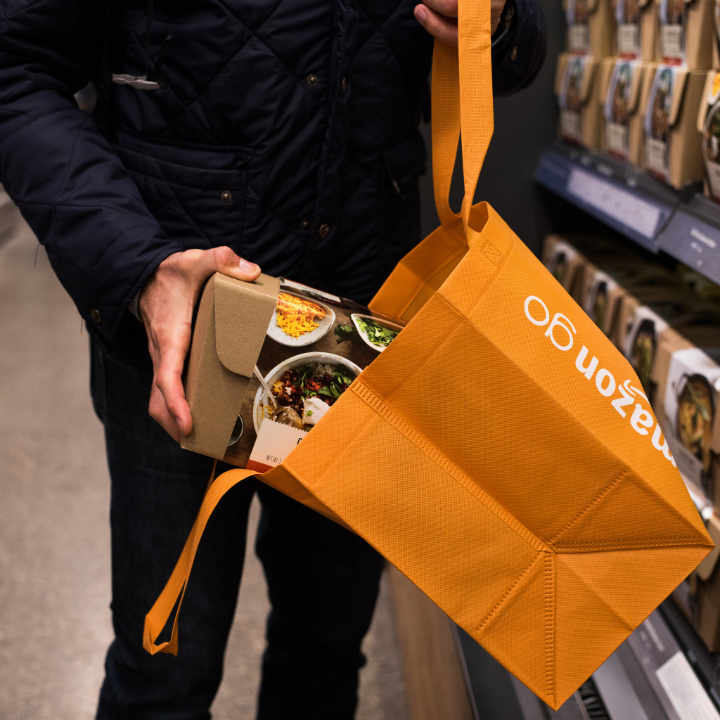
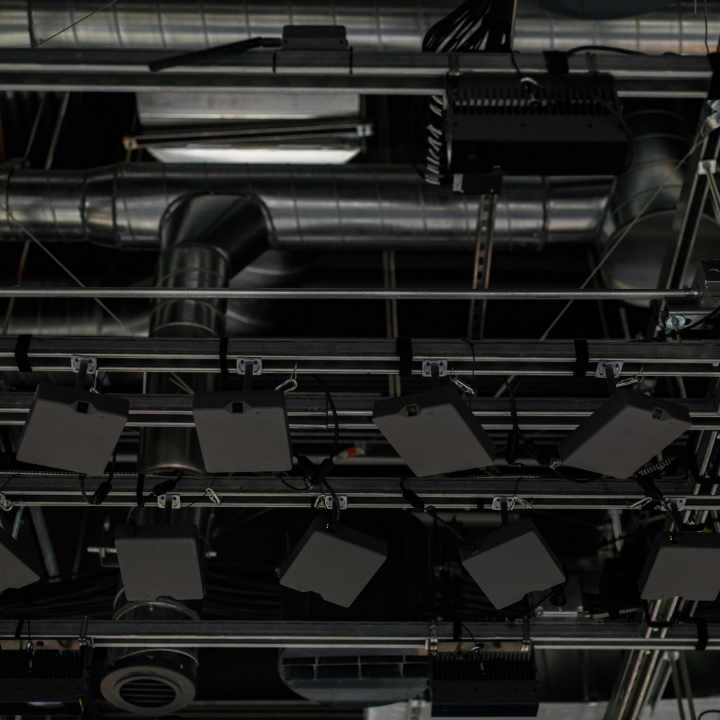

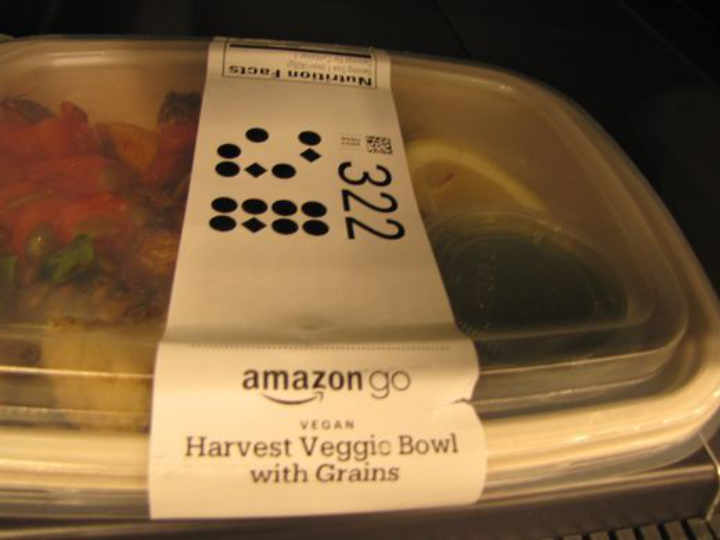
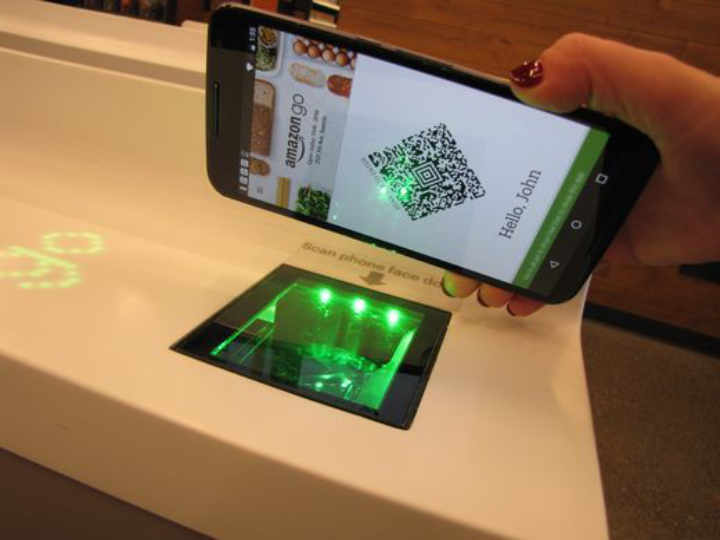
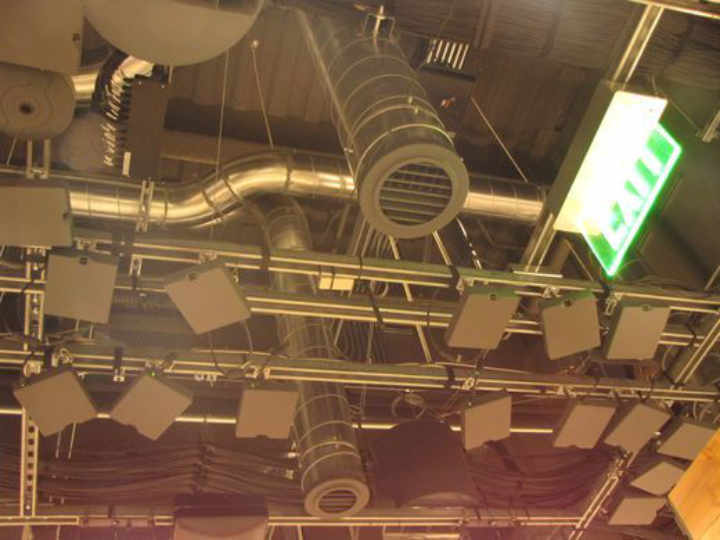
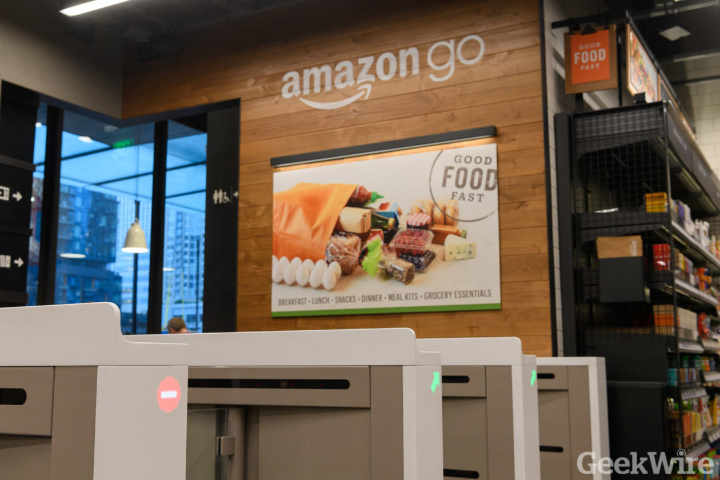


![[VIDEO] Drag Queen Drag Shows Are Now Infesting Churches](https://christianjournal.net/wp-content/uploads/2019/11/Screenshot-2019-11-22-at-9.02.01-PM-218x150.png)


![[VIDEO] Drag Queen Drag Shows Are Now Infesting Churches](https://christianjournal.net/wp-content/uploads/2019/11/Screenshot-2019-11-22-at-9.02.01-PM-100x70.png)


